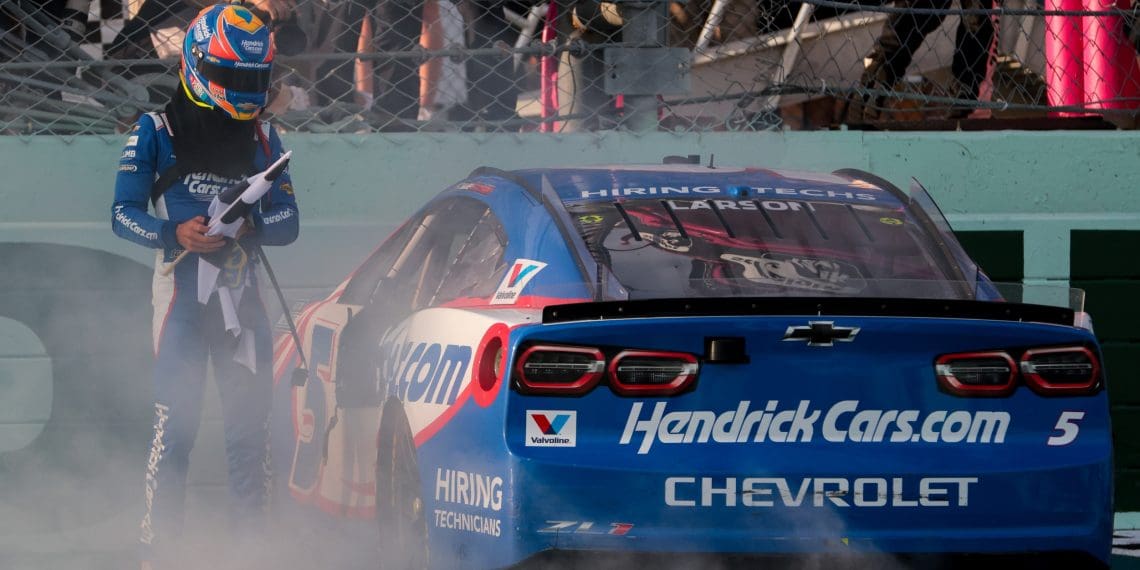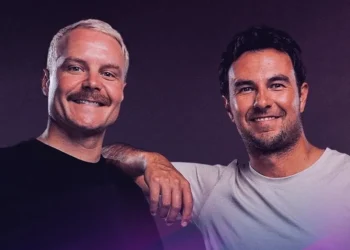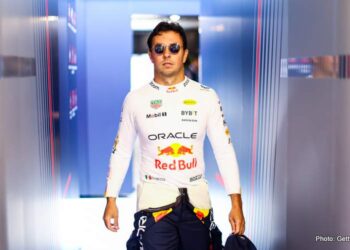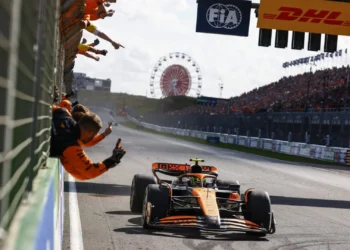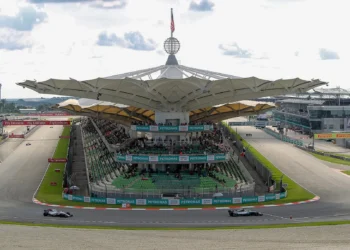In the high-octane world of NASCAR, paint schemes are more than mere aesthetics—they’re emblematic of the sport’s storied past. As the 2025 Goodyear 400 at Darlington Raceway approaches, the spotlight is firmly on Hendrick Motorsports and their latest throwback designs. But this time, the fan reception is as split as a hairpin turn.
In the annals of NASCAR history, few moments are as charged with anticipation as Darlington’s throwback weekend. It’s a sacred pilgrimage, a time when the past meets the present in a roar of engines and a blaze of color. This year, Hendrick Motorsports is at the eye of the storm, unveiling two designs that have ignited a fierce debate among fans and pundits alike.
Kyle Larson’s Triumph: A Masterpiece in Motion
Leading the charge is Kyle Larson, whose No. 5 Chevrolet pays a breathtaking tribute to Terry Labonte’s iconic 2003 Kellogg’s Corn Flakes livery. This design is more than just a visual feast; it’s a meticulous recreation that harks back to Labonte’s final victory at Darlington. With its bold red and blue accents and the unmistakable yellow No. 5, Larson’s car is a testament to NASCAR’s golden era, capturing the essence of a champion in his twilight.
The attention to detail is astounding. The red swoosh that curls around the hood and the blue trim framing the doors are not just nods to the past; they are beacons of authenticity. Set to debut at the very track where Labonte etched his legacy, Larson’s throwback is a full-throttle embrace of history, destined to resonate with fans who remember that legendary Sunday afternoon.
Chase Elliott’s Misstep: A Tribute Lost in Translation
In stark contrast stands Chase Elliott’s No. 9 UniFirst Chevrolet, an homage to Ken Schrader’s Kodak No. 25 from the early ’90s. However, fans were quick to notice that the throwback falls short of its ambitious aim. The once-vibrant green has faded to a muted hue, overshadowed by corporate branding that drains the design of its nostalgic power. The fierce tiger graphic, a hallmark of Schrader’s era, is conspicuously absent, replaced by a sea of logos and a bland white No. 9.
For Elliott, a driver revered as NASCAR’s “Golden Boy,” the design feels like a missed opportunity. Despite his seven consecutive Most Popular Driver awards and a fervent fanbase, the scheme seems to prioritize sponsorship dollars over the soul of the original design. Elliott’s lack of wins at Darlington only adds a bitter note to this narrative, as the quest for victory remains elusive.
Social Media Erupts: Fans Speak Out
The unveiling of these throwback schemes sent shockwaves through social media, with fans offering a candid verdict. Kyle Larson’s design was met with near-universal acclaim, with fans praising its authenticity and vibrant homage to a bygone era. Comments celebrating the return of the yellow number echoed across platforms, reinforcing the scheme’s nostalgic appeal.
Conversely, Chase Elliott’s design drew criticism for its lackluster execution. Fans lamented the absence of the iconic tiger and Kodak’s signature yellow, questioning the decision to let corporate branding overshadow historical homage. The sentiment was clear: Elliott’s scheme, in stark contrast to Larson’s, felt like a corporate compromise.
As the Goodyear 400 approaches, the divide between these two designs underscores a broader truth in NASCAR: paint schemes are not just about looks—they’re about legacy. Kyle Larson’s No. 5 celebrates Hendrick Motorsports’ championship pedigree, while Chase Elliott’s No. 9 struggles under modern commercial pressures. This clash of past and present has stirred a debate that promises to resonate long after the engines cool.

